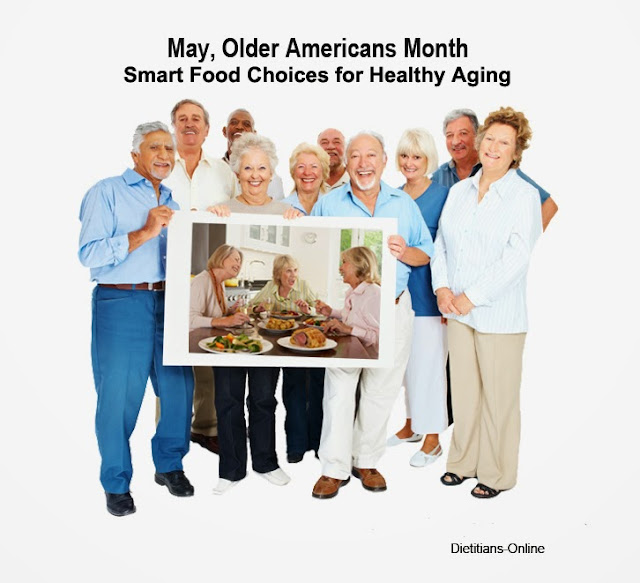Summer Grilling - Food Safety Tips with Chef Michael
Top 14 Healthy Summer Grilling Recipes
Recipe Compilations | Allrecipes.com
Recipe Compilations | Allrecipes.com
Grilling is often performed outdoors, using charcoal, real wood, preformed briquettes, or propane gas. Mesquite or hickory wood chips (damp) may be added on top of the coals to allow a smoldering effect that provides additional flavor to the food. Other hardwoods such as pecan, apple, maple, and oak may also be used.
Gridironing is the cooking of meats or other foods using a grill suspended above a heat source. This cover can be used for smokers for grilling, roasting, or barbecuing.
Risks of Grilling
Studies show cooking beef, pork, poultry, and fish at high temperatures can lead to the formation of heterocyclic amines (HCA), benzopyrenes, and polycyclic aromatic hydrocarbons (PAH), which are carcinogens. Grilling is frequently presented as a healthy alternative to cooking with oil, although the fat and juices lost by grilling can contribute to drier food.
Healthy Grilling Tips
1. Grill Fruits and Vegetables. Grilling fruits and vegetables is a way to reduce your risk of coronary heart disease, stroke, obesity, and some types of cancer.
PAHs and HCAs do not form on grilled fruits and vegetables. In addition, if you are having grilled meat, the fruits and vegetables will provide antioxidants.
2. Grill with Lean Meat. Choose lean meats or trim visible fat and skin to limit the amount of fat that drips on the coals.
3. Marinating. It is possible to reduce carcinogens when grilling meat or lessen their effect. Garlic, rosemary, basil, mint, sage, savory, marjoram, oregano, olive oil, and cherries have been shown to reduce the formation of both HCAs and PAHs by as much as 92% to 99%. Choosing the right marinade ingredients limits the fat dripping on the coal. Select wines, vinegar, lemon, lime juice, low-sodium soy sauce, honey, onions, herbs, spices, fat-free or low-fat marinades on your grilled meats, fish, and poultry.
Meats and poultry should marinate at least 1-2 hours; fish and vegetables usually only need to marinate for an hour. Marinating enhances the flavor of meats, fruits, and vegetables.
4. Cut Down on Grilling Time. Grill smaller portions of meat, poultry, and fish so they cook faster and spend less time on the grill. Another method is pre-cooking the meat in the microwave and then draining meat juices so they do not fall onto flames, preventing the release of PAHs.
A skewer or brochette is a fun way to cook small pieces of food. The resulting food product is often called a "kabob" which means "to grill" in Persian.
5. Cooking Temperatures. Make sure to bring a cooking thermometer. Cook beef to 160 degrees Fahrenheit and poultry to 165 degrees Fahrenheit.































